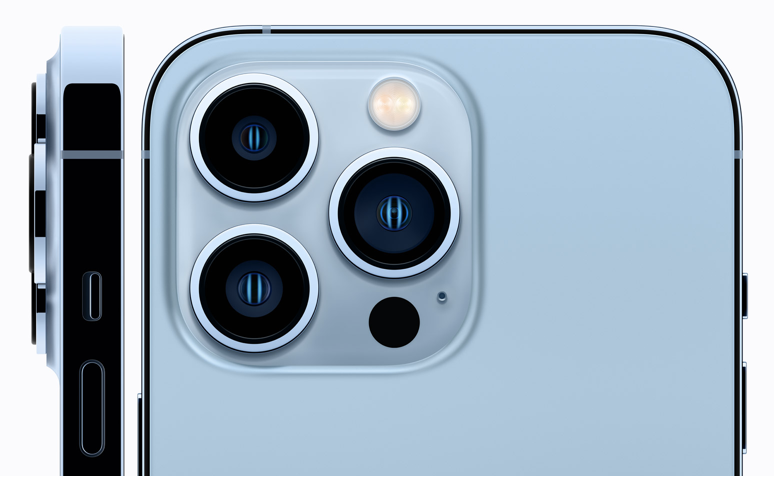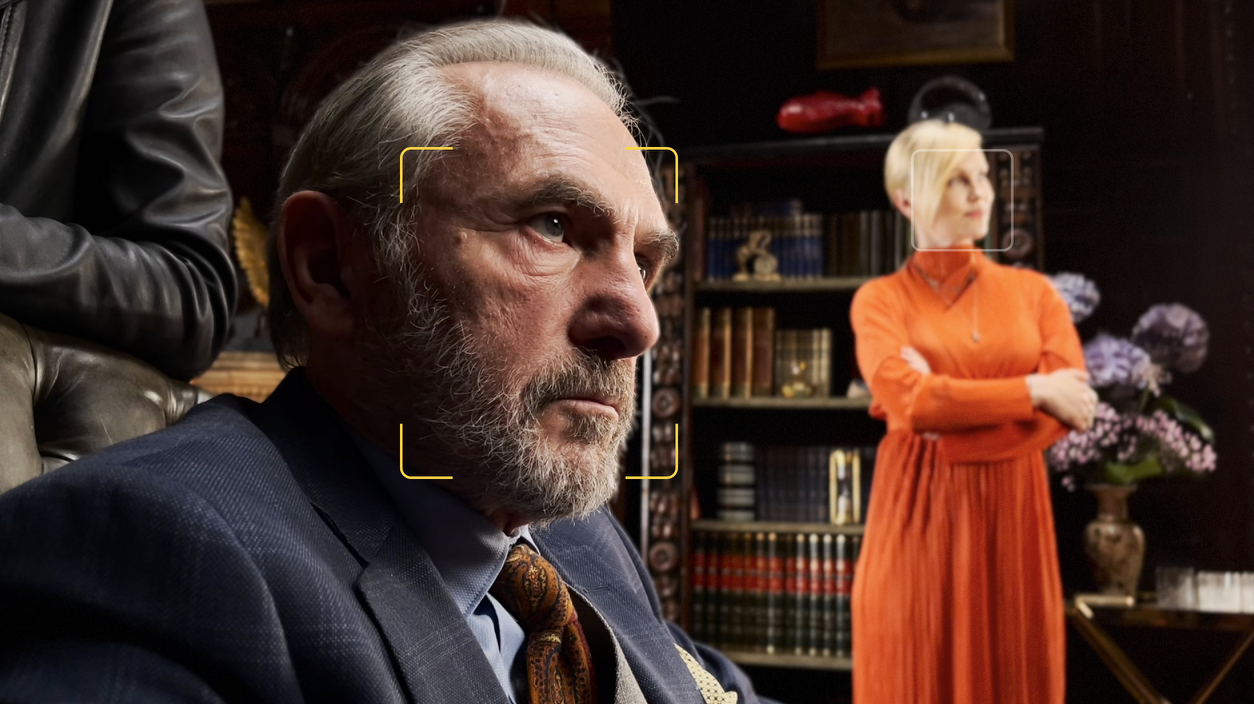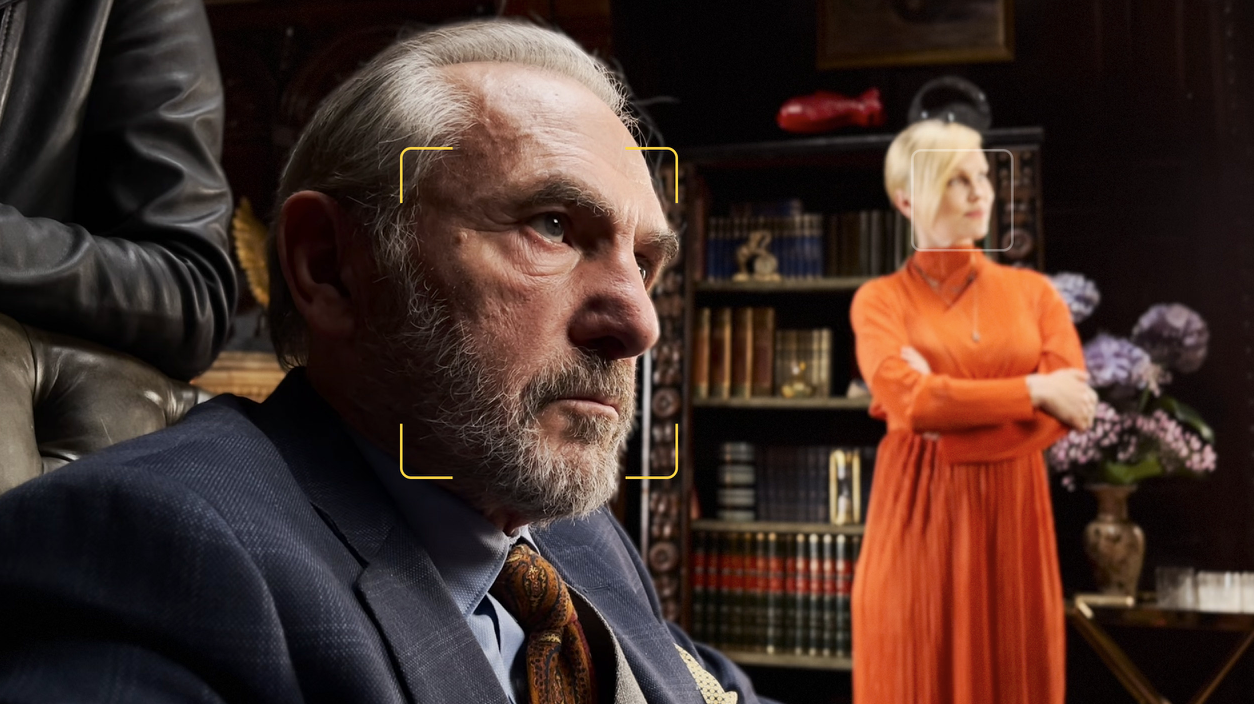Readers of Macfilos, laden down with their SL2s, M10s and, if wanting a light day out, their Q2s, may bristle at the above headline. But there’s a grain of truth there. Yes, we know all the arguments, but the back-office wizardry in a model smartphone is capable of creating some stunning pictures for the small screen.

Real advances
Ina Fried, writing on Axios, believes modern smartphones, such as Apple’s new iPhone 13, are showing the way in image processing.
…the real advances have been in what smartphones can do with the images they capture. By passing data from multiple lenses and multiple exposures through their high-end processors, today’s phones can create stunning portraits, freeze fast-moving action, make sunsets and fireworks a snap — and even change the focus after a portrait is taken.
The smartphone saw off the point-and-shoot camera several years ago. As a result, camera manufacturers have gradually moved to high-end products with prices to match. Whereas ten years ago we thought in hundreds of dollars, euros or pounds, today’s all-singing cameras cost in the thousands.
It’s not just the results from the smartphone that appeal. Results that flatter the casual user into believing they are a pro photographer. It’s the convenience and the fact that the phone (and camera) is always in a pocket.
In the old days, even in the heyday of digital point and shoot, cameras were reserved for special occasions. Most non-enthusiasts wouldn’t have carried an IXUS or its equivalent everywhere they went. Now everyone carries a phone everywhere and, as a result, photography has never been more popular.

Bottom line
Says Ina Fried:
The bottom line: Today’s high-end smartphones are expensive, with some models topping out at more than $1,000. But at least for that price you are getting not just a pocket computer and communicator but also one of the world’s best cameras.
Over the past ten years, there has been much gloom in the industry over the challenges and contraction in the mass market caused by the smartphone. But in many ways, this transition has been a good thing. For one, it has forced manufacturers to concentrate on professional-quality equipment, leaving the mass market to the smartphone.
Aspiration
As I’ve said on many occasions, the revolution of smartphone photograph is actually a good thing for the photographic industry. Millions now regard themselves as competent photographers and aspire to a “proper” camera. In effect, the smartphone is the incubator for a future generation of enthusiasts. I think we can look forward with confidence to a streamlined and innovative camera market.
Make a donation to help with our running costs
Did you know that Macfilos is run by five photography enthusiasts based in the UK, USA and Europe? We cover all the substantial costs of running the site, and we do not carry advertising because it spoils readers’ enjoyment. Every amount, however small, will be appreciated, and we will write to acknowledge your generosity.


Digital cameras, including smartphones are for taking photographs. My Leica M film camera is for making Art!
Attackers commence……
Ah, we don’t have attackers on Macfilos. Welcome. And I’d like to think you are right!
Hope you do art! Just phone cameras are installed in a phone. That’s the difference. No film cameras in any phone!
You could perhaps master buttons, features and accessories of a phone camera and take fantastic pics. But a real camera is designed to take photographs; and even so many times lacking ergonomics.
Is there such a phrase as “automatic sensitivity”?
I am getting older now and my eyes are not so fast as they used to be, but I still NEVER see bokeh, the eye aperture always seems to get a general feel for my surroundings and everything seems to be in focus, with no delay.
It seems to me that the ideal camera would do the same, but for that, it would have to be able to anticipate the operator’s intent, the feeling that he was trying to capture.
Until then, we will have to put up with “artistic licence”.
Ah um, I think “automatic sensitivity” could be one of my inventions. ISO/sensitivity/auto. My quest of synonyms to make the text less boring. At least it made an impression on you!
My apologies Mike, kidney stones have trashed my short term memory such that I cannot remember much of the last five minutes (at any particular time). I can confidently read the opening of an article but have no idea what the point of the article was by the time I get to the end.
I have been told that this effect is fairly common, and more often than not resolves itself, however, this began a few days after I returned home from the hospital, and although it is better than when it first hit in February, I haven’t noticed much progress recently.
Digits crossed.
There are often beautiful sunsets on my way home from work in my area. When I tried to take a photo with my iPhone first it was hard to get a good grip on the thing, then the virtual shutter release started moving around on the screen, then the exposure was either too dark or light no matter where I tapped on the screen and ultimately the resulting photos were pitiful especially in terms of color. No pink in the sky like what I was seeing but all orangey. I could have got that shot easily with a compact camera and it would have been a great photo too.
Phones have NOT replaced cameras for photographers. presumably that’s why photographers are still buying Leica , Fuji and Sony compacts. Do they sell more phones on volume? Of course they do because phones are used as phones, for texting, for notifications and all the other stuff too.
All of the people I know who are happy to just keep taking all their pictures on their phones are also not serious about photography. They use the phone for taking pictures for two reasons. 1) It’s convenient 2) It requires little skill. Not because they care a hoot about making good images!
Stephen,
“..the virtual shutter release started moving around on the screen..”
D’you know that you don’t need that ‘virtual shutter release’, and you can just press one of the physical volume control buttons on the left edge of the iPhone (..when it’s in camera mode..) to take a photo? You really don’t need that onscreen ‘virtual shutter release’ ..just squeeze the button, like squeezing the botton on an ‘ordinary’ camera.
[..Incidentally, you don’t need to ‘turn on’ an iPhone to take pics; just pick it up so that its screen turns on, then slide your finger UPWARDS from the bottom of the screen, and a set of icons will appear (torch/flashlight, self-timer, calculator, camera, etc), and just tap on camera! Very quick; then just squeeze a button at the edge of the phone to take a photo.]
“..then the exposure was either too dark or light no matter where I tapped on the screen..” ..doesn’t matter: tap on the screen where you want to focus and a (yellow?) SLIDER will appear next to where you’ve just tapped. Slide that UP to make the picture brighter, and / or DOWN to make it darker.
Tapping the screen sets the FOCUS POINT (and exposure), but you can immediately alter that exposure to your preference just by sliding your finger up or down the screen, next to where you tapped.
Give it a try when you’re NOT just going to take a photos ..i.e; get a bit of practice beforehand.. and it’ll all become second nature!
Yes David I do know about the alternative release ( vol. control buttons ) and it’s marginally better than touching the screen but that button is teeny tiny and doesn’t come close to the haptics of a camera shutter release to me.The thin biscuit shaped phone ( mine is an iPhone SE old model ) is somehow just awkward to hold.I also seem to have a set of those non conductive fingers that require two tries to get anything on a touch sensitive screen to work.You are correct in determining that I need more practice.I admit that taking pictures with my phone has been a last resort when I didn’t have my camera!
“..The thin biscuit shaped phone ( mine is an iPhone SE old model ) is somehow just awkward to hold..” ..have you tried any of the huge range of iPhone cases? Some of the ‘rubberised finish’ cases make the phone much easier to grip.
There are also stick-on ‘knobs’ which let you hold the phone in the gap between your fingers, so that you don’t need to grip its edges. There’s all sorts out there..!
I have a couple of things (..one’s a ball-point pen with a rubbery end, and the other’s a little stubby thing like a stylus..) which are made to have exactly the right conductivity, or capacitance, or whatever, to work brilliantly with touch-screen phones. So instead of repeated, and unsuccessful, finger tapping, you just tap once on a screen with one of these little widgets ..and it instantly selects whatever it is that you want. (Or perhaps remove those rubber soles so that you DO become more conductive!)
I’ve often been tempted to buy a gimbal-equipped head harness and remote voice actuator for my iPhone 12 Max: “Hey Siri, just take a snap of that unsuspecting individual near the bus stop”. No more street angst. I could sell all my cameras and have a simpler life. The only problem would be that I’d have nothing to write about: “Hey Siri, write Macfilos in future, would you old chap?”
I have a little battery-operated motorised gimbal for my iPhone: it’s an Obsbot Me (successor to the Obsbot Tiny, which uses its own built-in camera) and it comes with a ‘selfie ring light’ (to make sure you’re perfectly lit) and a ‘Bluetooth Remote Shutter for Smartphones’.
You stand it on a table ..but you could fasten it to a hat.. and for use with Zoom – or any time you want yourself in the picture – you stand or sit in front of it, raise your hand beside your face, and it then tracks you as you move (stand, walk, sit) ..so if you’re using your phone for Zoom conversations, your phone follows you wherever you move, so you can give demos, walk to a table full of cameras, choose one, then move in for a close-up, etcetera. (The Remote for the Tiny can control the lens’ zoom facility, too; or a hand gesture initiates zooming.)
It doesn’t have to be used for selfie movies though: set your phone to Stills mode, glue the gimbal on your hat, point you head where you want to shoot (inconspicuously?!) and squeeze the Bluetooth Remote. Just what you asked for, Mike!
Of course, you could write about gimbals instead of photography..!
You’ve got to laugh…
So according to David and Mike… I’ve two options here.
1) Just have all my photos taken by Siri and plan an exhibition called “The Indecisive and obsolete Photographer”
2) Take pictures with my phone and a stylus ( cue groaning sound from Steve Jobs ) or a motorized gimbal with lights, looking like some kind of Foto-terminator. ( hasta la picture! )
Wait! There IS a third option.( Thank goodness!) Go back to using my Leica M and make sure it’s in my bag. 🙂 🙂 🙂
The one thing my iPhone does that no camera I’ve encountered yet does. Is that when I capture an image, it captures a reel of the scene before and after.
In editing I have recovered some amazing shots purely by scrolling backwards and forwards through the mini reel the phone captured. You can then select the image you want. To my knowledge, I’ve yet to encounter a camera that does this, but I’m pretty certain Sony’s probably do.
The post processing in my phone oddly fixed most things – what I miss is the actual final quality from my main camera’s.
The other aspect is the social acceptability of being photographed by mobile phones. It’s seen to be normal and therefore less intrusive. Any camera OTOH is seen as an intrusion on someone’s privacy. This has become more so since Covid hit.
I wonder if Cartier Bresson were around today, would he use an iPhone or stick with his Leica?
This is very true. Strangely, using a small camera such as the RX100 or GR and composing on the screen (as opposed to using a viewfinder) is also more socially accepted, not a great deal different to a smartphone. Maybe we need to adapt to current fashions and prejudice.
Absolutely agree. Impossible nowadays to emulate the legendary street photography.
As told people taking photographs with a phone know just nothing about photography. They don’t think to be photographers. Just they want to take stupid selfies. And, furthermore, they can take photos where you cannot. Lovely 😊
Le Chef, the real question is if Cartier Bresson was around today, would the photos from his iPhone look just like everyone else’s and would he be even half as famous as he is now? You generally make great photographs by having to put in a little bit of effort. A smartphone does its best to take that away.
I think you can find people who use iPhones with a real eye for composition and storytelling, so don’t think that ability is exlusive to those with cameras. Far from it as I get to see photographs taken with top end professional cameras that are absolute rubbish yet someone with an iPhone in the same place and time who knows how to get the most out of an iPhone produces images that are outstanding. Good “Photographers” use whatever tools they have to hand to create memorable images.
If you can nail the composition so that it tells a story, the device it was captured or processed on becomes meaningless.
Some of my iPhone stuff matches either of the X or Df easily. The odd bit is no one noticed me doing the phone stuff.
If you go to some places (some malls, museums, etc) with your camera on your neck, easy that someone reminds you “no photos, please”😳. Nevertheless people are taking them limitless with their cellphones in those places.
Annoying, ain’t
I agree with you. Phones are not seen as cameras but anything that looks like a camera is suspect.
Thanks, Mike. Also phone holders (=everybody) don’t think to be photographers